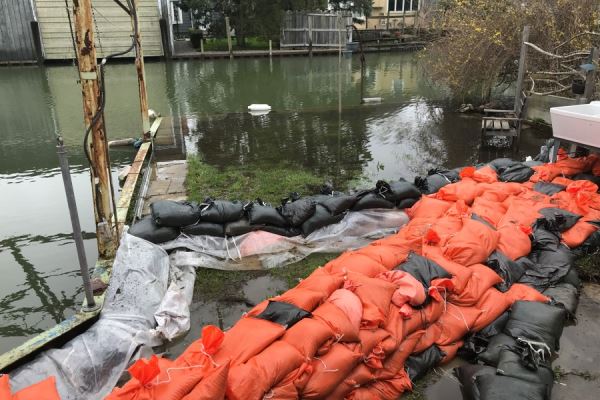 It’s no secret water levels in the Great Lakes have been historically high. In 2019, all the Lakes except for Lake Michigan and Huron set new records for high water levels, then Michigan and Huron followed suit and set new record highs earlier this year.
It’s no secret water levels in the Great Lakes have been historically high. In 2019, all the Lakes except for Lake Michigan and Huron set new records for high water levels, then Michigan and Huron followed suit and set new record highs earlier this year.
The Technical Lead for Great Lakes Hydrology at the Army Corps of Engineers in the Detroit District Office, Lauren Fry, shed some light on the subject, explaining how these water levels affect boaters and how they tend to fluctuate throughout the year.
Effects On Boaters
The high water levels have had a major impact on Great Lakes boaters and marina operators. Fry mentioned that some marinas have even had to close down periodically because their sites for power can flood in certain locations. The same is true for some boating ramps that get overwhelmed by the water levels.
“These effects mostly occur when there are meteorological conditions on top of the high water levels,” explained Fry. “So if you have severe wind conditions along with high water levels there’s a more serious impact that can cause flooding for people.”
Besides access to marinas and flooding to boat ramps, boaters have also run into problems when it comes to submerged structures that were not previously submerged. This creates some obvious problems for recreational navigators when they run up against underwater structures they weren’t expecting, so this is definitely something to keep in mind while boating this summer.
Seasonal Cycle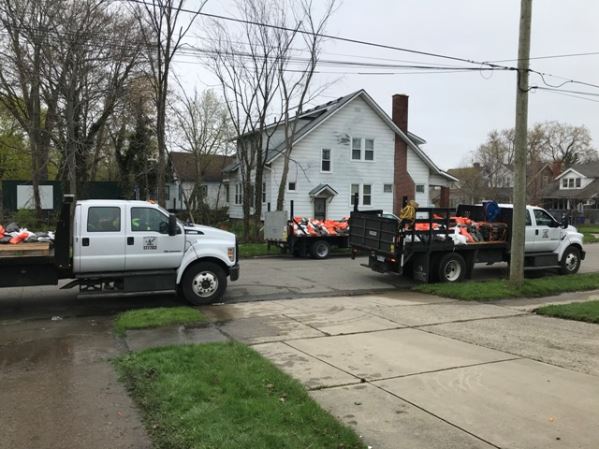
As of right now, the Great Lakes are currently in their relatively low seasonal period, but Fry anticipates water levels to rise as part of the seasonal cycle. The time for the highest levels for the lakes normally occurs in late summer or early fall, so we will continue to see water levels go up as part of the natural cycle.
“Because water levels are so high right now, we do anticipate water levels to be very high for the foreseeable future,” noted Fry. “Our forecast only goes out six months. According to the simulations we’ve done, it would take extended periods of very low water supply to bring water levels back to a more normal condition.”
Fry added that as a result of the high water levels, they activated their Emergency Management Team, which is providing technical assistance and guidance to communities throughout Michigan and Wisconsin.
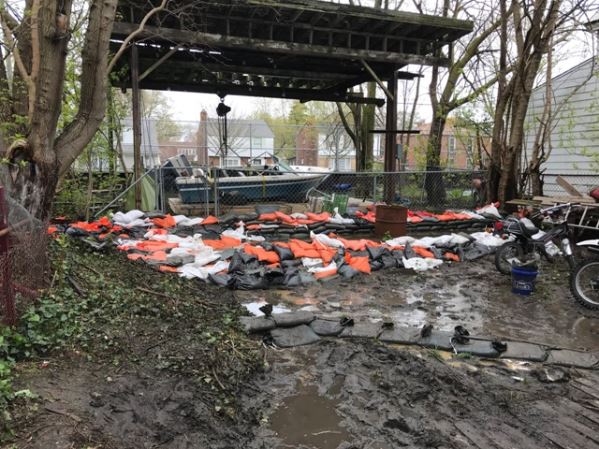 Emergency Response
Emergency Response
The US Army Corps of Engineers’ Emergency Management Specialist Krystle Walker explained that within the Army Corps of Engineers, all districts have an emergency management mission as a part of their district mission. They activated their emergency operations center in May of 2019 and started providing flood support to communities due to high water levels on the Great Lakes.
One of the types of assistance Walker’s team provides is known as technical assistance. “Technical assistance is our ability to work with leaders in a community to figure out what kinds of extraordinary challenges they have,” said Walker. “Then we see what resources we have in our amazing repository that we can use to help them solve that problem.”
The Emergency Management Team can even send trained staff into the community to do site visits and provide information on flood fighting. They are capable of making any data or knowledge they have available to the community under technical assistance.
As mentioned before, Walker’s team started providing technical assistance last May, and this kind of assistance is typically approved at the county level. At this point in Michigan, their Emergency Management Team is providing technical assistance to 13 counties and one tribe.
Flood Fighting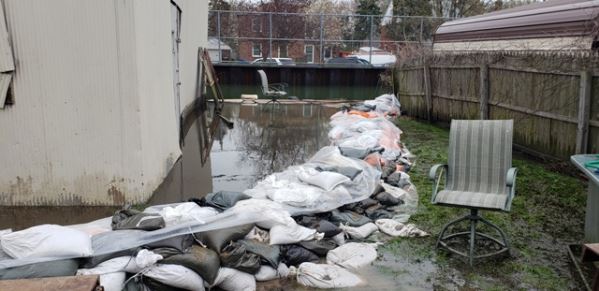
The bulk of the assistance that Walker and her team provide has been in flood fighting expertise. They have a dedicated flood fight team that’s trained on an annual basis in not only flood fighting techniques, but in how to teach these techniques to others. So far they’ve been doing a large amount of site visits and community sandbag training.
“When we say ‘fighting floods,’ I just want to be clear that under technical assistance it is emergency management or emergency response,” clarified Walker. “This means we’re looking at mostly temporary measures or what to do when the water is already here. It’s not mitigation or anything like that.”
Sandbagging is one of the available flood fighting protection methods they can employ in a particular area. For example, if you have a residential property with a couple inches of water coming up and over, you would be able to create a small sandbag structure to hold that water at bay and keep certain areas of your yard free of water.
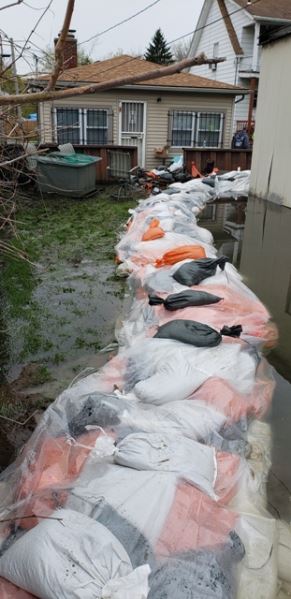 However, if you’re directly on the lake itself and there are a lot of waves, sandbags are probably not going to be the best option. Walker explained that you would need to look at larger types of supplies such as the really large sandbags that measure around three cubic feet. There’s also another product called Hesco, which works well for wave action.
However, if you’re directly on the lake itself and there are a lot of waves, sandbags are probably not going to be the best option. Walker explained that you would need to look at larger types of supplies such as the really large sandbags that measure around three cubic feet. There’s also another product called Hesco, which works well for wave action.
Some residents have also employed inflatable flood barriers which give the same type of support as sandbags. An advantage to these barriers is that they offer more protection faster while being reusable. For every situation, the Emergency Management Team assesses their available resources and decides what would be the best fit for a particular problem. They perform a cost-benefit analysis as well.
“Additionally, there is proper technique for all of these flood protection methods,” observed Walker. “Take sandbagging for example: there is a right way to do it so that the structure seeps as little as possible, doesn’t get knocked over, and stands up longer to wear and tear. We’re really trying to impart those principles to communities as well. It’s not just throwing them down; it’s about placing them in a proper orientation and following proper technique.”
With the historically high water levels in the Great Lakes, assistance from Emergency Management Teams is of the utmost importance. Be sure to follow local guidelines and watch out for submerged structures!
For More Information
US Army Corps of Engineers
Detroit District Office
www.lre.usace.army.mil

